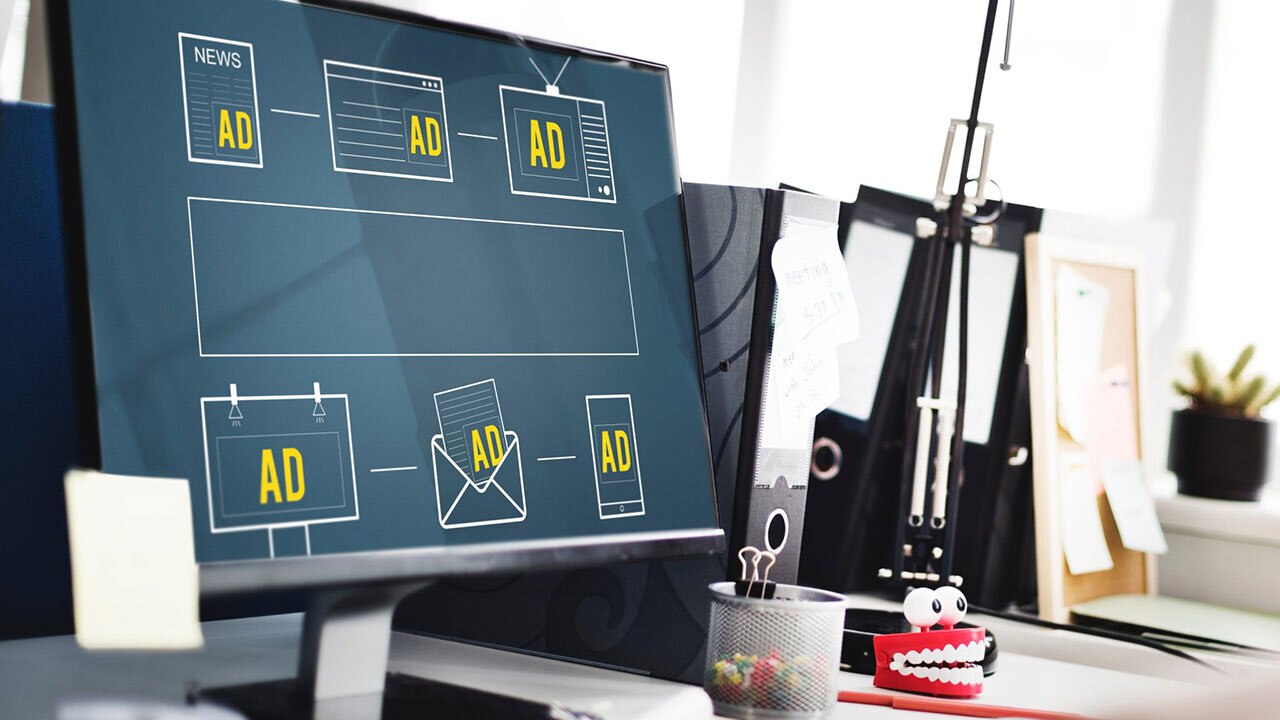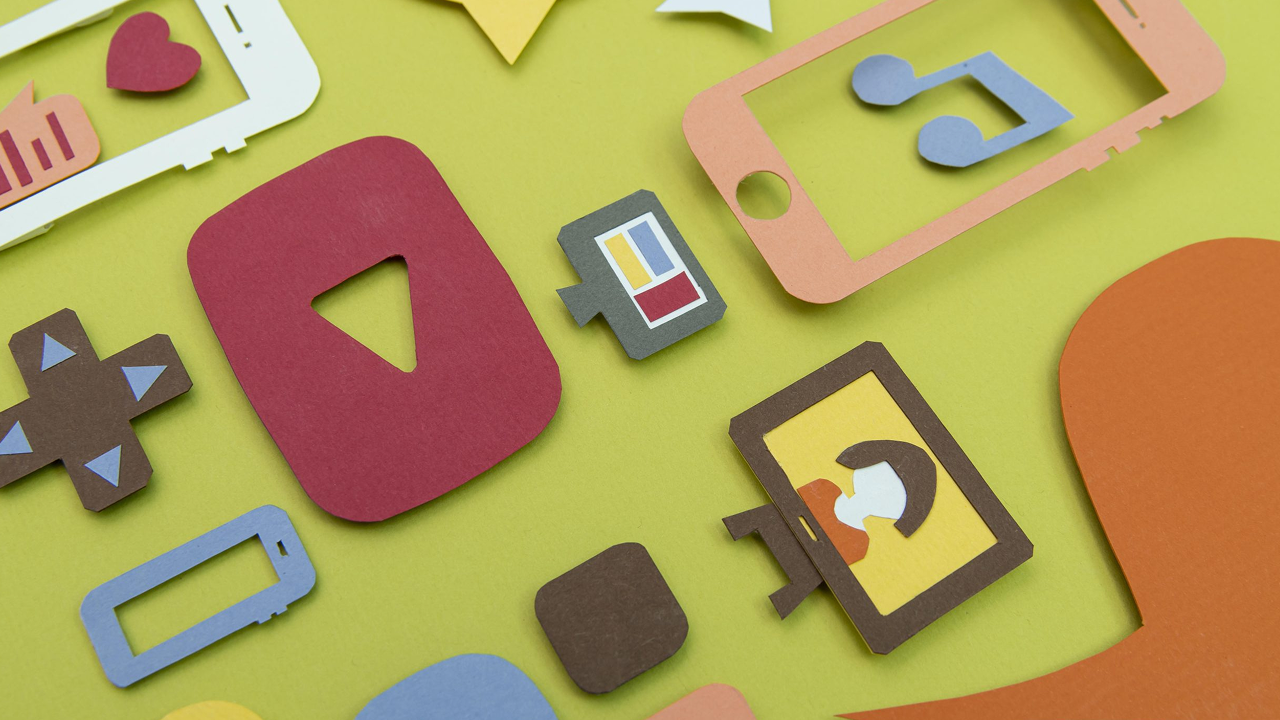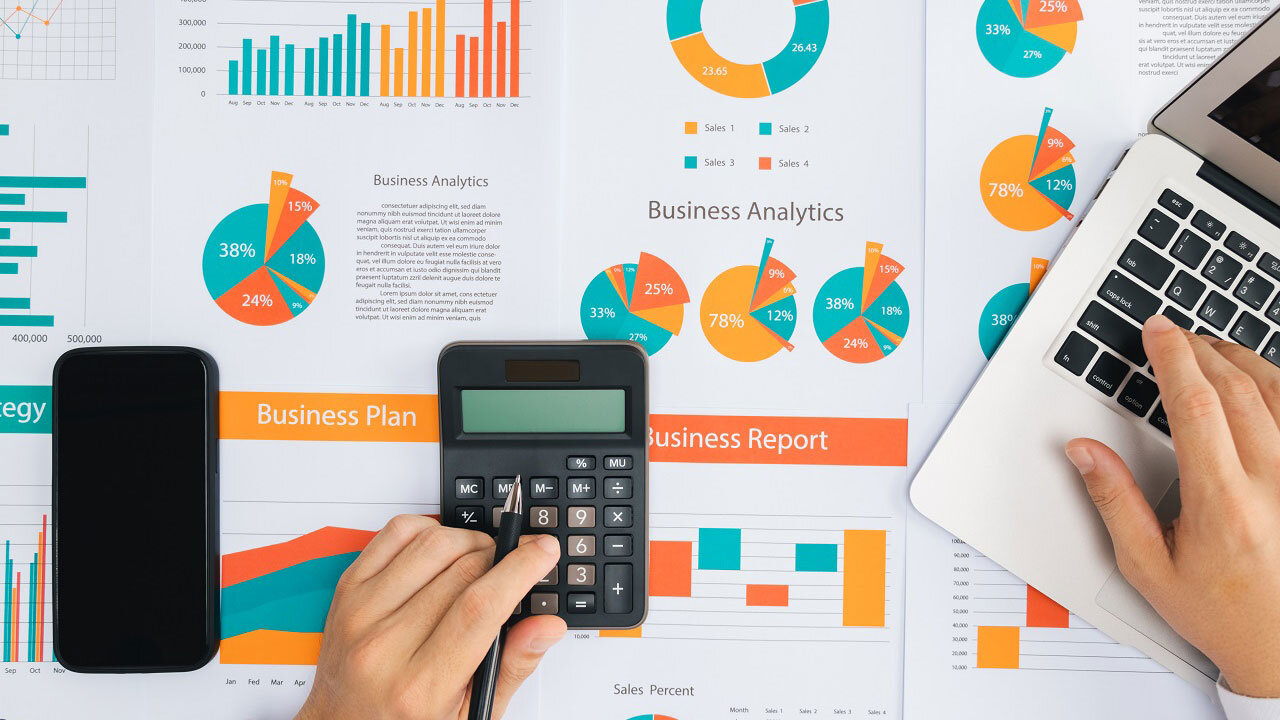Marketing Explained: Earned, Owned, and Paid Media

There are plenty of buzzwords thrown around in marketing, but here are three key ones to know: earned, owned, and paid media.
Businesses use a diverse range of marketing strategies to get eyes on their brand and attract customers. These strategies use a combination of three types of media – earned, owned, and paid. Each comes from a variety of sources and uses different platforms or tools to execute. But a comprehensive and successful strategy involves a mix of all three.
So – how do earned, owned, and paid media work, and what does each mean for your business?
Earned vs Owned vs Paid Media: Key Distinctions
Earned, owned, and paid media all have similarities and overlaps, but there are also some key aspects that set them apart. There are three general factors that distinguish earned, owned, and paid media from each other:
- Cost: Earned media is typically costless since it comes from outside sources. Owned media varies in cost, while paid media has fixed costs depending on the tool or channel.
- Control: Brands generally have little control over the message of earned media. However, they have direct control over the information and branding in paid and owned media formats.
- Goals: The objective of the different media types may vary – for example, brands might use paid media to drive conversions or direct clicks to owned media. Meanwhile, owned media may be aimed more at raising brand awareness.
What is Earned Media?
This type of media is any form of publicity or exposure that exists outside of paid marketing efforts. The company hasn’t funded it, but instead has “earned” it. Its products or services are valuable enough that consumers or media outlets choose to give them exposure on their own platforms.
Benefits of earned media
The biggest benefit of earned media is its cost-effectiveness – since it’s organic exposure, it costs nothing. Moreover, since consumers perceive earned media as more genuine and authentic, it adds to a brand’s credibility. There’s no notion of the review or feature being “influenced” by internal factors. Company-instigated posts will be one-sided, but earned content feels “unbiased.”
It’s also incredibly powerful – 46% of people trust online reviews as much as recommendations from friends and family. 99% of people look up reviews online while shopping online. If many people are posting positive feedback about your product or service unprompted, the implication is that your brand can be trusted – it’s a form of social proof.
Examples of earned media
You can compare earned media to word-of-mouth marketing, except in online spaces. Any way that consumers interact with your paid/owned media and products/services falls under this category. Some forms of earned media include:
- Shares on social media posts
- Reposts of owned content
- Product/service round-ups
- Online reviews (Yelp, TripAdvisor, Google, etc.)
- User-generated content
- Journalist write-ups
One thing to note about earned media is that it is primarily driven by high-quality owned content and solid organic search engine rankings. It’s also driven by offering reliable and quality products or services. So it’s essential that you as a brand provide both in order to merit organic endorsements.
What is Owned Media?
Any marketing that is unique to your brand, that you have created internally, is owned media. It is still paid-for, unlike earned media, but it is displayed on platforms that belong to your brand. That includes websites, social media accounts, and email – anything not displayed on a third-party platform.
Benefits of owned media
It may still cost to create owned media, but it generally doesn’t require a budget on the level of paid media. You also have more control than with earned media, since your company creates or vets the content and design that you put out to your audience.
Owned media can boost your company’s online presence, which increases your brand reach. That leads to more exposure and impressions, which could generate leads and conversions. It’s one of the largest contributors to organic traffic to your landing or product pages.
This type of media also has more longevity, especially for evergreen or pillar content. So long as the content is live and accessible, it will drive returns on investment (ROI) as new consumers discover your material. Additionally, if the owned content you create is reliable and valuable to your target audience, it will help build and reinforce your relationships with your customers.
Owned content is also the best way to showcase your brand identity and personality. It demonstrates your brand value and uniqueness – what sets your business apart from its competitors.
Examples of owned media
It takes a lot of time and effort to create and build a library of owned media. Much of it is generated internally or is outsourced to agencies that specialize in content creation services. Owned content encompasses a broad range of formats, including:
- Visual content like videos, graphics, and illustrations
- Website pages
- Social media posts on your own platforms
- Internally-written blog posts
- Email marketing content
- Press releases
All of these forms of owned media act as a primary source for your brand voice and identity. Much of it falls under search engine optimization (SEO), which generates organic traffic towards your website and other assets.
What is Paid Media?
It’s all in the name – paid media is marketing that you as a business have paid for. Many businesses pay to promote advertisements on different channels such as internet search engines, physical media, and broadcast media. It’s an investment, usually done to increase ad reach, viewership, or engagement.
Benefits of paid media
If it’s within your budget, it’s worth incorporating paid media into your marketing strategy. It helps your brand gain exposure and momentum by putting your content in front of your target audience. People can then engage with your ads and start their customer journey.
Many paid media tools have advanced targeting abilities and a whole host of options for you to tailor your ad strategies. By inputting data such as target demographics and product/service information, brands can get their ads in front of the people most likely to consider a purchase.
Moreover, paid media is much more immediate than either earned or owned media. Ads can go live in seconds, leading to faster lead and traffic generation. Brands also have more control over the message and platform, since their marketers can decide what the ad says, where it’s displayed, and when it is live.
Examples of paid media
There are plenty of digital and analogue/physical channels for paid media. These are featured on third-party and external channels, both online and real-life spaces. Paid media formats include:
- Social media ads or paid promotions
- Paid or sponsored influencers
- Affiliate and referral marketing
- Pay-per-click (PPC) advertising such as search engine ads
- Print ads
- Billboards
- Broadcasting ads (TV or radio)
Note that paid social media advertising is different from organic posts that your brand creates on your own accounts. Paid ads are deliberately targeted and displayed on feeds without the user following you or following people who share your content.
How to Use Earned, Owned, and Paid Media Strategies
Ideally, your business should develop a diverse range of strategies that include all three types: earned, owned, and paid. These marketing efforts will support each other by working in parallel or in conjunction. The key factor is flexibility – you should be able to emphasize a specific tactic depending on your marketing needs. For example, you may typically rely on owned media to drive traffic to your website, but increase paid advertising following a new product launch.
These strategies will also frequently overlap and interact with each other. You can use paid ads to redirect people to your owned content, or advertise for user-generated content on your social media platforms.
Knowing the differences between the three types of marketing media also allows you to evaluate your approach to brand promotions. You can hold a marketing audit to review your assets, materials, and tactics so you gain actionable insights into your performance and discover new opportunities. Understanding earned, owned, and paid strategies will also help you allocate your business resources accordingly.
Why You Need Diverse Media Strategies
Each type of media serves a different purpose, and each has its own impact on the conversions, lead generation, and brand awareness of a business. How you allocate your resources (especially your budget) and which channels you prioritize will depend on the needs of your business. But using all three increases the overall effectiveness of your marketing – and transforms your brand into one that consumers rely on.
Kika can find the perfect mix of owned, earned, and paid media for your brand with our strategic marketing services. Our unique Agile approach to managing and implementing marketing campaigns delivers maximum ROI and quantifiable results. From planning to creation to execution, our expert teams provide custom solutions to optimize your brand experience.
Reach out for a free marketing consultation today!





